Lucky Bamboo
This product is available for shipping only in Bangalore
Lucky Bamboo (Dracaena sanderiana), despite its common name, is not actually bamboo but belongs to the Dracaena family. It is a popular houseplant often associated with good fortune and positive energy, especially in Feng Shui. Known for its resilience and ability to grow in water or soil, Lucky Bamboo is easy to care for and a favorite for both homes and offices. It typically has tall, green stalks that can be shaped or braided into interesting patterns.
Plant Height: approx 12 inches including the pot
Pot size : 4 inches nursery pot
- Estimated Delivery : Up to 3 business days
- Free Shipping & Returns : On all orders over ₹550 in Bangalore
Lucky Bamboo (Dracaena sanderiana), despite its common name, is not actually bamboo but belongs to the Dracaena family. It is a popular houseplant often associated with good fortune and positive energy, especially in Feng Shui. Known for its resilience and ability to grow in water or soil, Lucky Bamboo is easy to care for and a favorite for both homes and offices. It typically has tall, green stalks that can be shaped or braided into interesting patterns.
Care Guide for Lucky Bamboo
1. Light Requirements
- Indirect Light: Lucky Bamboo thrives in bright, indirect light. Avoid placing it in direct sunlight, as too much light can cause the leaves to yellow or burn.
- Low Light Tolerance: It can also tolerate low-light conditions, which makes it ideal for indoor environments such as offices or dimly lit rooms.
2. Watering
- Water-Grown Bamboo: Lucky Bamboo is often grown in water. If kept in water, ensure that the roots are submerged, but the stalks themselves should not be completely underwater. Change the water every 7-10 days to prevent stagnation and keep it fresh. Use filtered or distilled water, as chemicals like chlorine or fluoride in tap water can harm the plant.
- Soil-Grown Bamboo: If grown in soil, water the plant when the top 1-2 inches of soil become dry. Ensure the soil is well-draining to prevent waterlogging, and avoid overwatering.
3. Soil
- Moist, Well-Draining Soil: If planting in soil, use a well-draining potting mix, such as one designed for houseplants. Keep the soil consistently moist but not soggy.
- Hydroponic Growth: Lucky Bamboo can also be grown hydroponically, with roots in pebbles or marbles submerged in water. Ensure good water circulation and freshness.
4. Temperature and Humidity
- Ideal Temperature Range: Lucky Bamboo thrives in temperatures between 65-90°F (18-32°C). It is sensitive to cold drafts, so keep it away from windows during cold weather.
- Moderate Humidity: This plant prefers moderate humidity but is generally adaptable to typical indoor conditions. If the air is too dry, especially in winter, consider misting the plant occasionally.
5. Fertilizing
- Occasional Fertilizing: Lucky Bamboo doesn’t require much fertilizer. If you do choose to feed it, use a weak liquid fertilizer diluted to half strength once every 2-3 months during the growing season (spring and summer). Avoid over-fertilizing, as this can lead to yellowing leaves and stunted growth.
6. Pruning and Maintenance
- Pruning: Prune your Lucky Bamboo by trimming off any yellow or unhealthy leaves. You can also cut back long stalks to control the plant’s height. Always use sterilized scissors to avoid introducing infections.
- Leaf Cleaning: Wipe the leaves occasionally with a damp cloth to remove dust and keep them looking vibrant.
7. Repotting
- Repotting Water-Grown Bamboo: If your Lucky Bamboo is growing in water, you may need to replace the container with a larger one if the roots outgrow their space.
- Repotting Soil-Grown Bamboo: For soil-grown plants, repotting may be necessary every 2-3 years to refresh the soil and give the plant more space.
8. Pests and Diseases
- Common Pests: Lucky Bamboo is generally pest-resistant, but it can occasionally attract pests like spider mites or aphids. Inspect the plant regularly and treat any infestations with insecticidal soap or neem oil.
- Yellowing Leaves: If the leaves start to yellow, it may be a sign of too much sunlight, poor water quality (chlorine or fluoride), or over-fertilization. Adjust the plant’s environment or watering routine accordingly.
9. Propagation
- Cuttings: Lucky Bamboo is easily propagated by cuttings. Simply cut off a healthy section of the stalk, making sure it has at least one or two leaf nodes. Place the cutting in water or soil, and it will start to grow roots over time.
10. Feng Shui and Symbolism
- Good Luck Symbol: In Feng Shui, Lucky Bamboo is believed to bring good luck, health, prosperity, and positive energy to the home. The number of stalks in the arrangement can also carry different meanings:
- 2 stalks for love and relationships
- 3 stalks for happiness
- 5 stalks for wealth
- 8 stalks for abundance
- 9 stalks for good fortune
Toxicity
- Toxic to Pets: Lucky Bamboo is mildly toxic to pets, particularly cats and dogs. Ingestion can cause symptoms like vomiting, drooling, and lack of coordination. Keep the plant out of reach if you have pets.
Conclusion
Lucky Bamboo is a versatile and low-maintenance plant that can thrive in a wide variety of conditions. Whether grown in water or soil, it adds a touch of greenery and symbolizes good fortune, making it a popular choice for homes and offices alike. With the right care—indirect light, clean water, and occasional pruning—your Lucky Bamboo can stay healthy and vibrant for many years.
** Plants photos are for representation purpose only. We will make best efforts to send the plants as in photos itself. There may be small white dots on the plant, as these plants cared in nursery using the hard water and pesticide spray. However these will eventually disappear as you take care and clean the leaves. Trust us, we want to give you the best

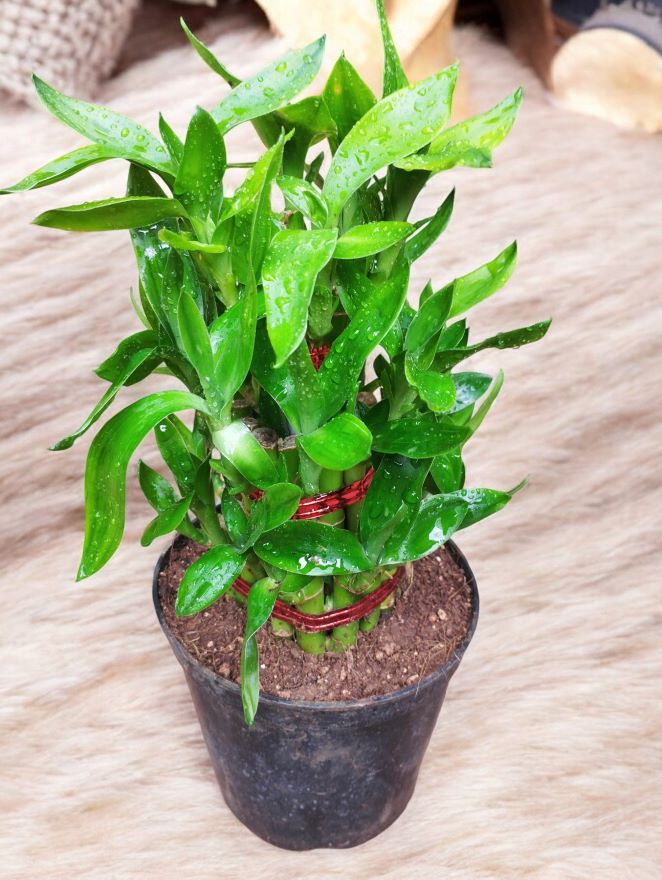
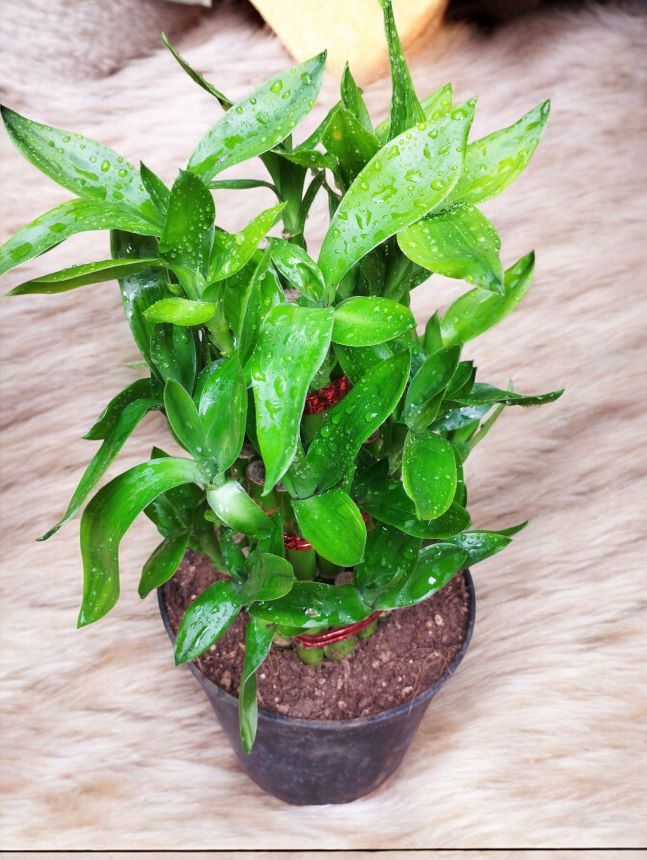
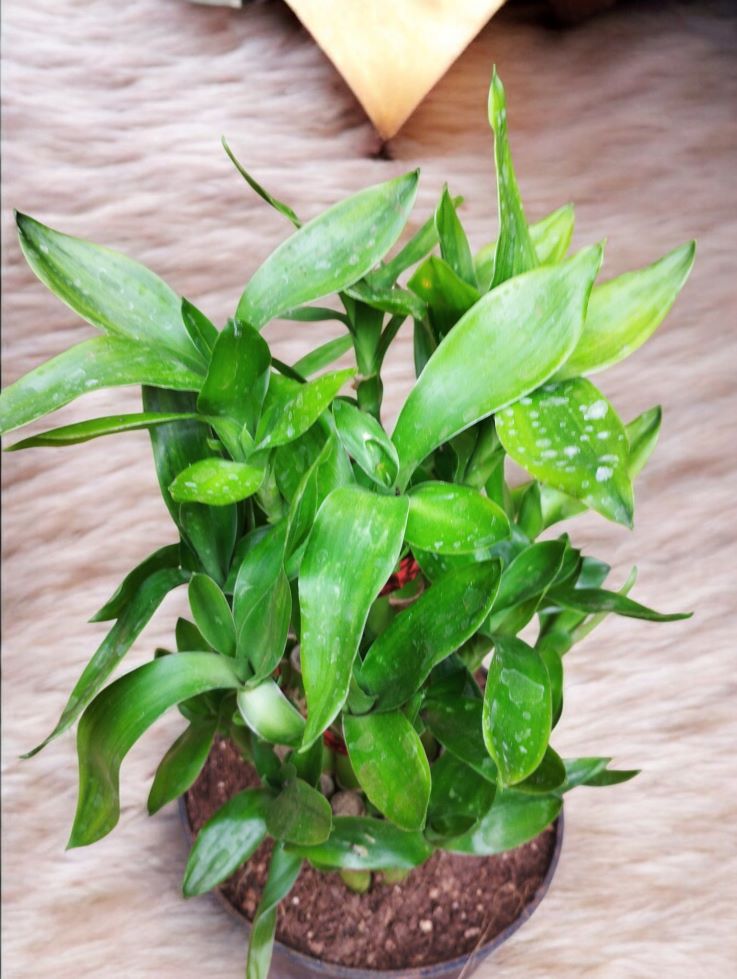
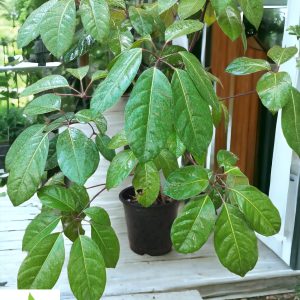
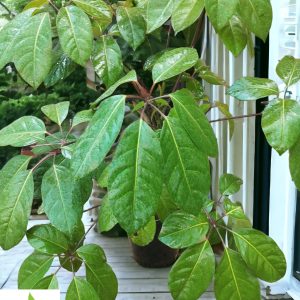
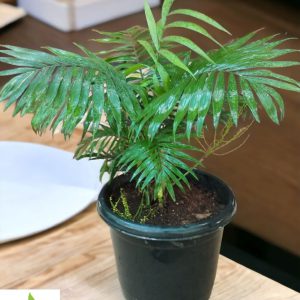
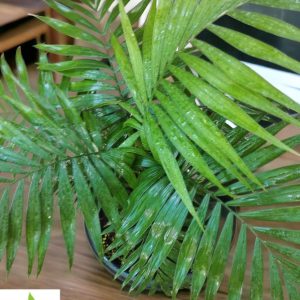
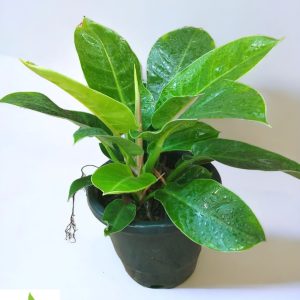
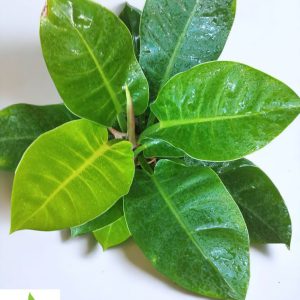
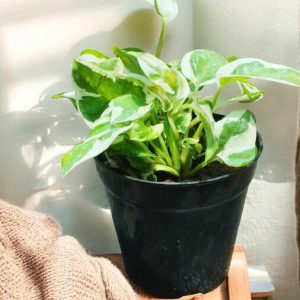
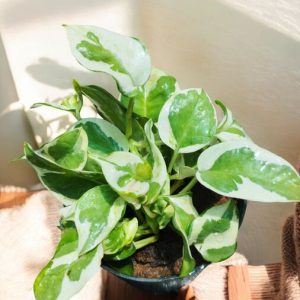
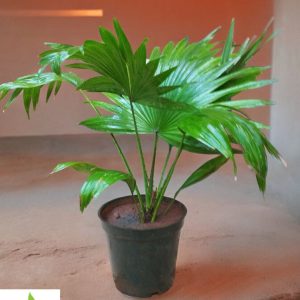
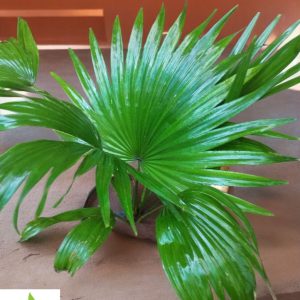
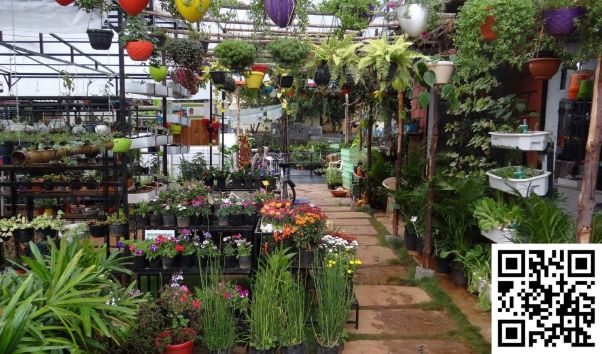
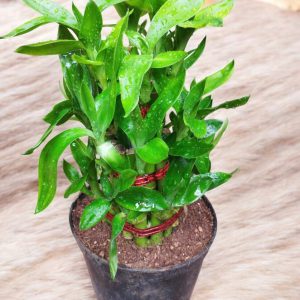
Reviews
There are no reviews yet.